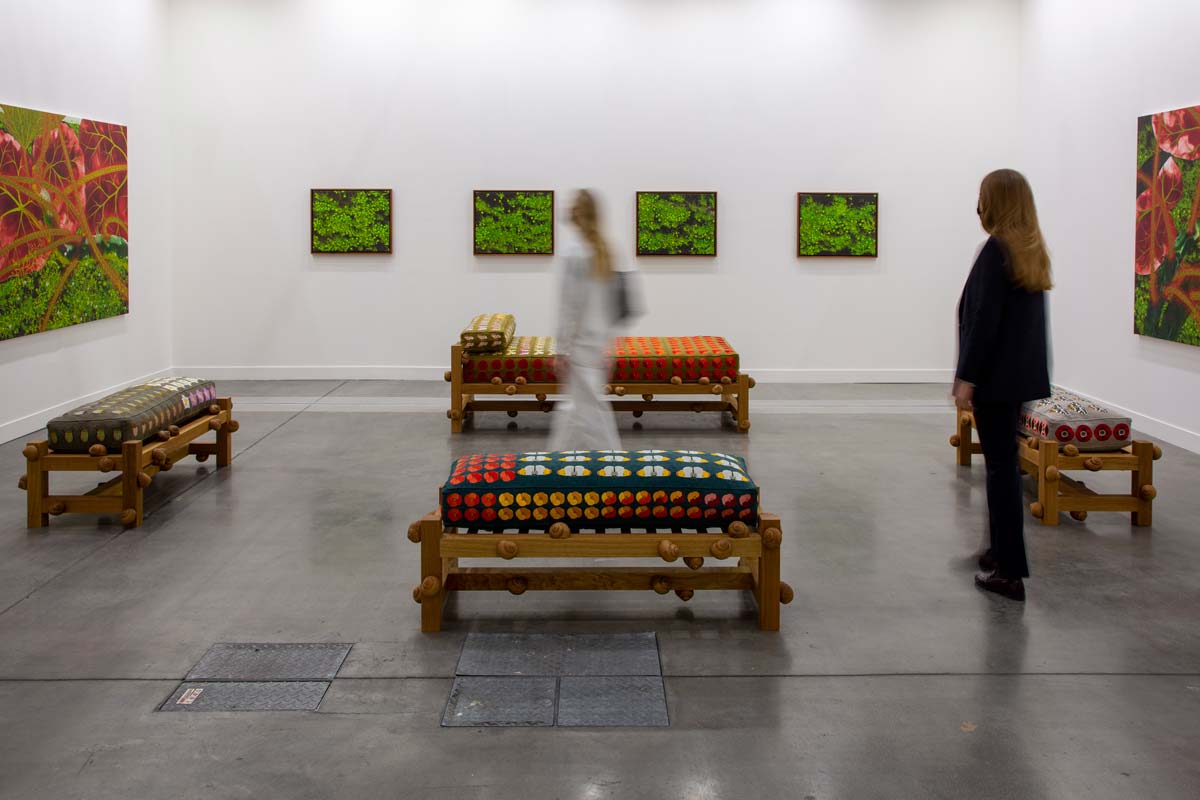The critic must stand alongside the artist without presuming to overpower him or her
Before talking about the role of the art critic or the journalist who deals with art events, I would like to at least mention the fragility of the current art system that has undergone not a few difficulties in recent years, a system that until not so long ago contained within it specific qualifications that, rarely, went outside their areas of expertise. The historian studied and composed essays, the critic/curator went in search of artists, for example, in fieri and was in charge of organizing exhibitions, from A to Z (I repeat: from A to Z), starting from the choice of works to transportation, of the setting up in the space, of the catalog of which he followed drafts, layout, etc. In short, of all aspects. Artists made the works, gallerists sold the works, collectors bought the works, journalists reviewed the exhibitions.
Everything changes, as is well known, and so does the art system. And I start from a news story circulated in the media. The news was about a famous artist who bought his own work at an exorbitant price that allowed further market valuation. Here again, perhaps, nothing strange; such a practice has also been adopted in the past to “launch” the artist into the underlying market (quote from Cochi and Renato’s The Intelligent Song ) and into notoriety. Here, on the other hand, it is somewhat surprising that it is the artist himself who does this operation, demonstrating a very strong economic capacity and brilliant resourcefulness, but the substance does not change: the great artist is the one who costs a lot today, and this applies to singers, writers, film actors.
Beyond sterile moralizing, we must note that the art world is often similar to other areas of work, the business world, the financial economic world, advertising, marketing. The figure of the curator is making inroads. Gone is that of the “militant” critic, with a belligerent flavor, who encouraged and followed artists embedded in a kind of Macedonian phalanx.

Without having to refer to the loss of the aura or the death of art, on which criticism has long fed, we must say that the role of the critic has also changed a great deal, as has that of the artist. The artist sometimes becomes a curator, invites artists in turn, wears designer clothes for advertising purposes in glossy magazines. Someone else, on the other hand, pretends to be countercultural, alternative, plays the role of the postmodern revolutionary by embracing the most cogent causes of the moment, making manner antagonism his or her warhorse.
To call the critic and the journalist, who have to employ different languages, a hunctor is, in my opinion, too schematic. The panorama of images comes at us like a tsunami, thinking times are increasingly schizophrenic, capturing attention for more than thirty seconds is a real miracle. There are artists and performers, critics who do not criticize and honest intellectuals, regime journalists and free thinkers, apologetic TV channels and interesting broadcasters offering compelling topics and insights.
Clarity is necessary, the hypocritical banner of “everyone needs to understand” (everyone who?) is a mask and debases the content, for even a mathematical formula needs appropriate language, and I, who am a math denier, cannot understand it, but I do not feel cut off because of that; one cannot be an all-rounder. Beyond the muscular proofs of culture, ampulous useless expressions, and underlying caresses of the market and power, I observe that, for example, even some philosophy professors are called philosophers, not to mention television appearances in which they all speak as “pundits.” This has always been the case since the days when the emperors of ancient Rome were considered gods (who would have contradicted them without risking at least confinement?), so one cannot be shocked.
Clarity in language is one thing. Impoverishment of the same is another. As Argan argued, the critic must stand alongside the artist without presuming to overpower him. And if curators spring up like mushrooms, while artists multiply with each season, we cannot assume that critics are also exempt from “criticism,” especially at a time when space in newspapers is becoming increasingly tight for the culture offered in pills to a liquid society.
This contribution was originally published in No. 13 of our print magazine Finestre Sull’Arte Magazine. Click here to subscribe.
Warning: the translation into English of the original Italian article was created using automatic tools. We undertake to review all articles, but we do not guarantee the total absence of inaccuracies in the translation due to the program. You can find the original by clicking on the ITA button. If you find any mistake,please contact us.




























